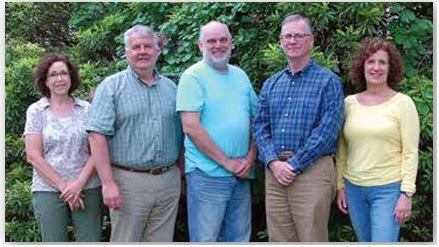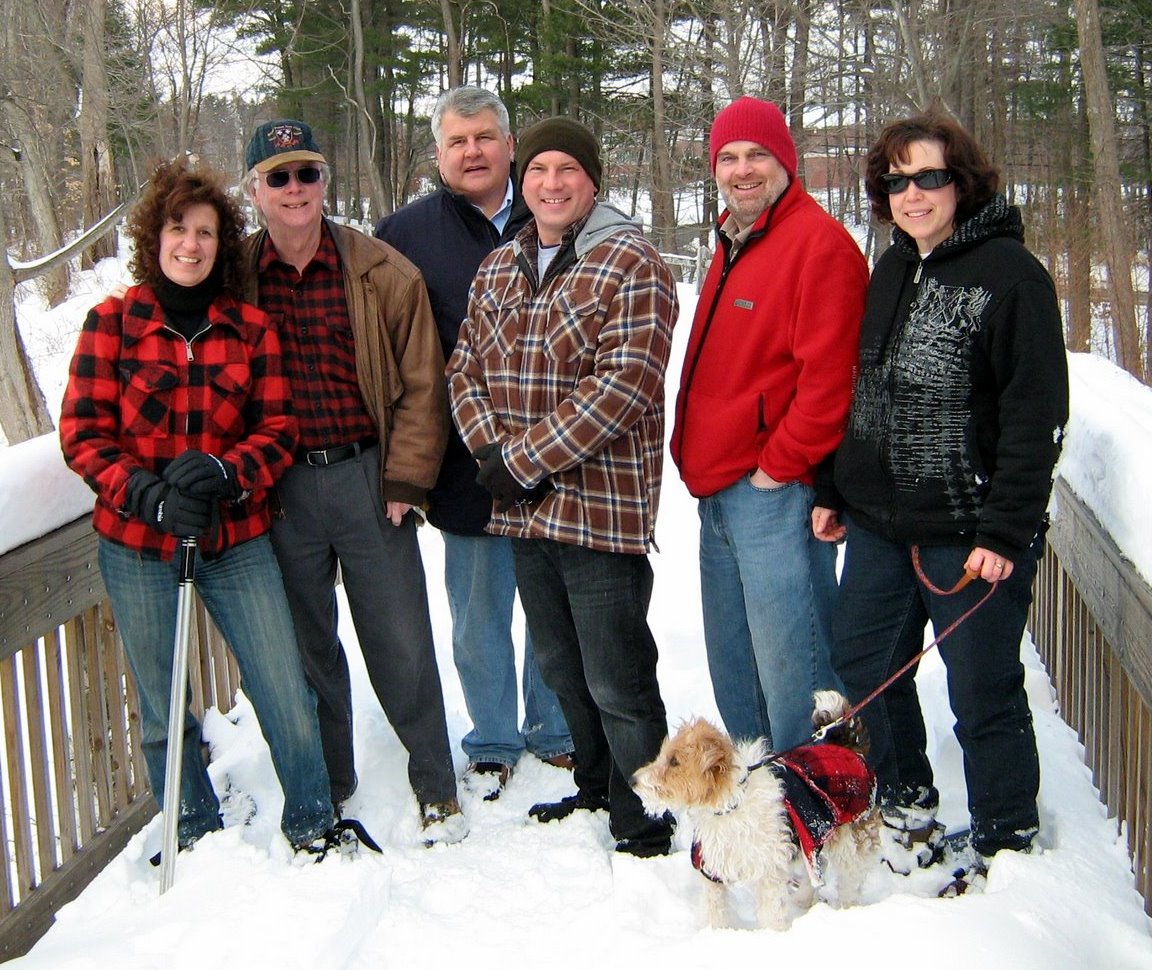An application for development was submitted to the P&Z Department for 118 Armstrong Rd. The Conservation Commission submitted a letter for the record as to why the application should be denied. After the initial public hearing, the applicant withdrew the application.
Below is an article in this
+++
SHELTON — A proposed 41-unit townhouse condominium development on Armstrong Road is off the table, at least for now.
The developer, 118 Armstrong, LLC, had been seeking to change the 2.1-acre lot at 118 Armstrong Road from R-1 to a Planning Development District with plans to construct 40 condominiums, all with two bedrooms. In all, the plan included five structures, with attached dwellings in each.
118 Armstrong LLC has listed as Member, Michael Gilberti from Trumbull. Drawings were prepared by John Guedes Associates.
The single-family home already on site would have remained and was to be renovated into a three-bedroom condominium, bringing the project's total to 41 condos. The plans called for access to the townhouses from Armstrong Road and a total of 96 parking spaces.
96 Parking Spaces for a multi-family development require 10% be electric charging, no electric charging stations were shown on the drawings stored on the P&Z Dept Open Project Page. Per Connecticut General Statutes Sec. 4b-77(c), as of 2023Jan1, each new construction needs to have at least 10% (in this case 9.6 rounded to 10) of parking spaces be electric charging.
https://drive.google.com/drive/folders/14zFBMKRlp2ytp5jPFWAVxgoYIokYljRs
https://www.cga.ct.gov/current/pub/chap_060.htm#sec_4b-77
The Planning and Zoning Commission last month held a public hearing on this plan, which drew opposition from nearby residents. The commission canceled a second public hearing after the developer submitted a letter withdrawing the plan.
“My client will resubmit an amended application in the future,” stated attorney Dominick Thomas, who represents the developer, in a letter dated March 19.
My assumption is that this application is withdrawn. Period. There is no ability to amend a "withdrawn" application that I am aware of. I think that technically, the client may amend their documents, and submit a new application.
Residents had voiced concerns about the development's density and if the location qualified as a Planned Development District under the city's zoning regulations.
Thomas told Hearst Connecticut Media that the withdrawal was due to “issues with the applicability of the PDD,” that forced the developer to reassess the zoning strategy.
Thomas said at the initial public hearing that the site is a transition location, fitting the PDD rules, as it abuts the United Illuminating substation, which abuts Eversource high-voltage transmission lines.
The Conservation Commission, in a letter submitted to Planning and Zoning prior to the withdrawal, stated that the site is “explicitly prohibited from PDD consideration” under the zoning regulations because it is “entirely surrounded by single family residential zones.”
The Conservation Commission has been consistently vocal regarding the usage of PDD (Planned Development District) regulations in an manner which is explicitly not allowed.
https://cityofshelton.org/Home/DownloadDocument?docId=90462d06-5609-471f-9d96-a60c7ef24ccb
Residents also raised concerns about necessary blasting, increased traffic, loss of green space, displacement of wildlife and potential damage to the underground aquifer, which helps to keep the homes’ wells operating.
It should be noted that any blasting is managed under regulations that focus on foundations, but wells and the impact upon the aquifer from which they draw, is a valid point of concern for pre-blast surveys.
The Conservation Commission also stated that the project could negatively impact nearby Cranberry Bog and pond. The bog and pond is a rare "true floating sphagnum bog," according to a Yale University study, commissioners said. A sphagnum bog contains various acid-tolerant plants and tends to form peat deposits.
According to the Yale study, disturbance of the sulfide-bearing rocks at the site could acidify runoff and release heavy metals detrimental to the bog, commissioners wrote.
The commission said the original proposal would have consisted of 80 percent impervious surfaces draining directly into the bog, along with additional road salt, lawn fertilizers and pesticides.
The nearby development "Cranberry Estates" had a tortuous history from application to construction, including a denial of using the PDD mechanism, and an initial denial being appealed to the State Courts, where the P&Z Commission decision was upheld. Why those were not referenced to by the City Planner, or City staff is concerning. It took Conservation Commissioners who have served for several decades to dig through personal records to locate studies and references to the biological benefits of the Cranberry Bog.
Additionally, the Town of Stratford seems to have not been notified in a timely manner as required by State law since the application for a zone change occurred within 500 feet, and that would require such notification. Chapter 124 Section 8-3b
https://www.cga.ct.gov/current/pub/chap_124.htm#sec_8-3b
+++


